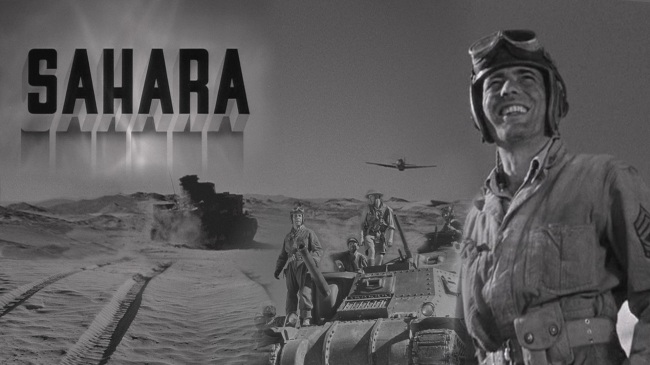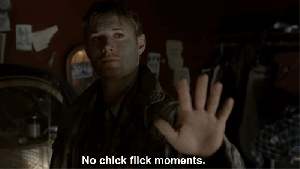Film history allows historians to glimpse the past and invokes new thought about how culture has developed since the beginnings of the medium. Tracing the beginnings of film, historians are able to see the world of the late 1800s through simple pictures and snapshots, rather than words on a page. This leaves interpretation and historical context to the individual historian with individual historical pursuits. The way film were both produced and presented to audiences can also be an important tool in discerning the values, socioeconomic situations, and the dreams of the filmmakers and their audience’s. Film is a non-exclusionary medium that allows for further study as well as enjoyment by most everyone in society. Silent film in particular bridges language boundaries and can connect cultures in ways that were important to the development of the American nation and its ideals.
The endings of the Victorian Era were presented on the silver screen in the vast accumulation of films in the 1890s and early 1900s. These films in particular show a shift in the cultural importance of certain views and values. The upper-classes stuffy Victorian values were mocked and the hard-working immigrant hailed as the champions of the American dream. While scholarly texts from the Victorian age and before were written in the rhetoric and jargon of the upper-classes as well as the occasional clergymen, the movies audience was that of the common man as they were seen as a mostly working-class pastime. They can assist the historian in viewing the more marginalized members of that society and allow for at least of a small view of what life might have been like for them. The representation of immigrant workers was important, because it resonated better with the audience the films were being showed to. The films were education even back then. They provided a view into what an ideal American was as well as what they should be. Those correlations were being made every day by the immigrant audience that were seeing themselves as Americans rather than the outsider force they were often compared to in most other forms of rhetoric. Without really causing much of a stir, these early movies gave them their voices and shared their dreams with historians for years to come.
This practice of analysis can continue throughout the years after the development of sound into modern day. Movies are often likened to pieces of art and in the same vein, can contain innumerous nuances, techniques, and themes that invoke emotion and sometimes initiative, but unlike fine art, film is a universal medium in that it resonates with most everyone. The proof of this can be shown in the sheer amount of Americans that attended theaters in the 1930s and 40s and even after that. Movies are not only for entertainment, they were used for propaganda in the war efforts of World War I and World War II as well as Vietnam and Korea. The language of film provides historians and viewers alike all the tools for interpretation needed to fit them into historical and contemporary context. They are a way to send messages and to spark movements further than the citizen’s heads. Hollywood’s power can be seen in the connections it had with the Government during these wartimes. The propagation of the American ideals, whether they are those of isolation and pacifism or those of spreading democracy and fighting for freedom, was deeply imbedded in the films made in each particular time in our history. The feelings of the society in which film was bred can be analyzed like any other historical document and can be often treated with the same respect as a first-hand account in that the film was written by men of the time-period to be provided to an audience that was willing to pay for it. Film provided an escape and an expression of the problems society had. In the 1950s for instance, the threat of communism and the arising teenager culture were the major fears of the day. Films such as Them! and Blackboard Jungle, though both very different in the way of subject matter, showed what the people of the 1950s were dealing with. Simply placing them into the context of the time period can bring to light exactly what the themes and stories were supposed to bring about in people’s minds. They presented problems and suggested the ways in which they could be solved.
History is often like a puzzle with many pieces from various perspectives; film can be used to connect some of those pieces together. The overreaching and impressive success of the film industry can be used to prove that people of all race, religions, class, and creed can identify with a particular ideal if presented with an interpretive option. Films are a reflection of the culture in which they were birthed and as such they allow scholars to not only study it, but take part in the past. By studying film, the historian is able to view the society in which it was made.

